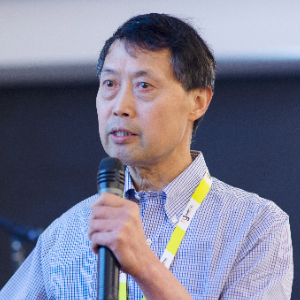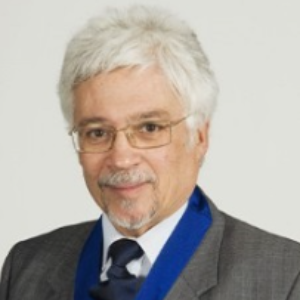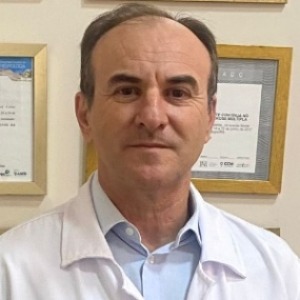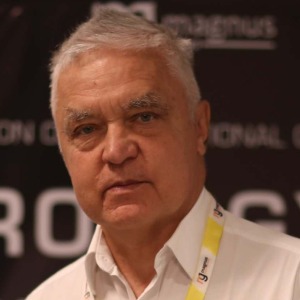Gliomas of the brainstem and pons
Gliomas of the brainstem and pons are a type of tumor which arises primarily from the brainstem and pons regions of the brain. They are classified as a type of glioma because they develop from cells called astrocytes which are found in the brain’s white matter. Gliomas of the brainstem and pons can be benign or malignant, and they can progress to an even more advanced stage called a glioblastoma. The brainstem and pons are two of the most complicated and delicate structures within the brain, and their tumors are notoriously difficult to treat. The brainstem is located at the base of the brain and is responsible for many vital functions. It plays a key role in controlling autonomic functions like breathing and blood pressure as well as cognitive functions like consciousness, alertness, and movement. The pons is located just above the brainstem and is involved in the production of certain compounds known as neurotransmitters. It is also involved in the control of motor activities and higher cognitive functions. Gliomas of the brainstem and pons can have many different presentations. They can cause neurological deficits in the form of paralysis, unsteady gait, and speech impairments. They can also cause cranial nerve palsies, abnormal eye movements, and even seizures. Depending on the location of the tumor, they may be a cause of hydrocephalus (build up of fluid in the brain). Gliomas of the brainstem and pons are typically diagnosed through the use of imaging studies such as magnetic resonance imaging (MRI) or computed tomography (CT) scans. Once the tumor is identified, it will be classified based on its aggressiveness on a scale called the Gottschalk classification. Treatment options vary based on the tumor’s classification, but generally involve some combination of surgery, radiation, and/or chemotherapy.

Ken Ware
NeuroPhysics Therapy Institute, Australia
Robert B Slocum
University of Kentucky HealthCare, United States
Yong Xiao Wang
Albany Medical College, United States
W S El Masri
Keele University, United Kingdom
Jaqueline Tuppen
COGS Club, United Kingdom
Milton Cesar Rodrigues Medeiros
Hospital Santa Casa de Arapongas, Brazil




Title : Perception and individuality in patient cases identifying the ongoing evolution of Myalgic Encephalomyelitis/Chronic Fatigue Syndrome (ME/CFS)
Ken Ware, NeuroPhysics Therapy Institute, Australia
Title : Narrative medicine: A communication therapy for the communication disorder of Functional Seizures (FS) [also known as Psychogenic Non-Epileptic Seizures (PNES)]
Robert B Slocum, University of Kentucky HealthCare, United States
Title : Rabies: Challenges in taming the beast
Alan C Jackson, University of Calgary, Canada
Title : Neuro sensorium
Luiz Moutinho, University of Suffolk, United Kingdom
Title : Traumatic Spinal Cord Injuries (tSCI) - Are the radiologically based “advances” in the management of the injured spine evidence-based?
W S El Masri, Keele University, United Kingdom
Title : Personalized and Precision Medicine (PPM), as a unique healthcare model through biodesign-driven biotech and biopharma, translational applications, and neurology-related biomarketing to secure human healthcare and biosafety
Sergey Victorovich Suchkov, N.D. Zelinskii Institute for Organic Chemistry of the Russian Academy of Sciences, Russian Federation